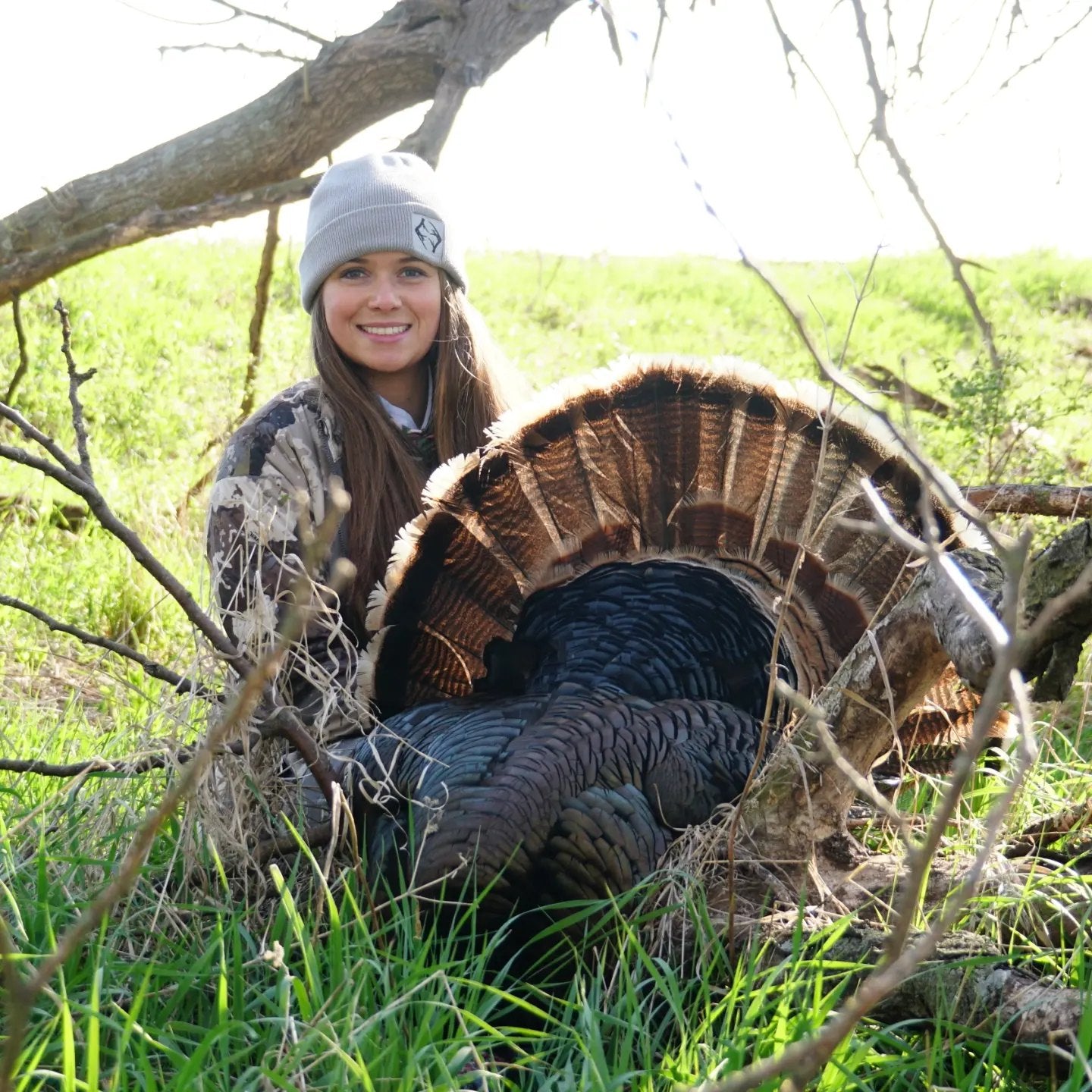Hunting Public Land Turkeys


Veil Camo Unveils New “Canyon” Camouflage Patterns in Collaboration with MUDDY’s TRX and DV8 Apparel Lines.
Innovative Designs Set to Revolutionize Hunting Camouflage for Every Outdoorsman.
[Wichita, KS] – Veil Camo, the industry leader in cutting-edge camouflage design, proudly announces the release of its latest camouflage patterns, Canyon Hybrid and Canyon Grey, in collaboration with outdoor gear powerhouse MUDDY. These innovative designs will be featured in MUDDY’s highly anticipated TRX and DV8 lines of hunting apparel, offering a new level of concealment for hunters in diverse terrains.
“We are incredibly excited to be a part of this launch, bringing the most advanced design to an incredibly accessible brand that resonates so deeply with the everyday hunter,” says Joseph Skinner, Founder and Lead Designer at Veil Camo. “The market is flooded with brands big and small that claim to make a meaningful difference for hunters, and being able to partner with a value-driven leader that actually walks the walk and puts the customer first is critical to us.”
The Canyon family of camouflage patterns draws inspiration from rugged landscapes, featuring two distinct designs—Canyon Hybrid and Canyon Grey—which are fine-tuned for optimal performance across a range of environments and seasonal conditions. These patterns are specifically engineered to maximize concealment, providing hunters with a competitive edge whether they're in a tree stand or on the ground.
“We really wanted to put a pattern into the market with our friends at MUDDY that leaned heavily into large-scale breakup,” Skinner continues. “A remarkable percentage of camo on the market completely misses this element. We knew this pattern had to function across a huge range of environments in the U.S. and be effective for the most common animals we hunt. All the research and data points fuel the design to make sure you disappear to your prey.”
The partnership between Veil Camo and MUDDY underscores a shared commitment to innovation, functionality, and customer-first values. The TRX and DV8 apparel lines with Canyon patterns promise to deliver unmatched performance at a price point accessible to hunters everywhere.
For more information about the TRX and DV8 apparel lines featuring Veil Camo’s Canyon patterns, visit gomuddy.com.
About Veil Camo
Veil Camo is a leader in advanced camouflage design, blending innovative concealment technologies with deep-rooted brand heritage to push the boundaries of performance gear for hunting and the outdoors. With a mission to provide hunters with patterns that offer real-world advantages, Veil continues to revolutionize the outdoor industry through its relentless pursuit of excellence. Be iconic.
About MUDDY
MUDDY is renowned for producing high-quality, accessible gear for hunters and outdoor enthusiasts. With a focus on reliability, value, and performance, MUDDY equips hunters with the tools they need to succeed in any environment.